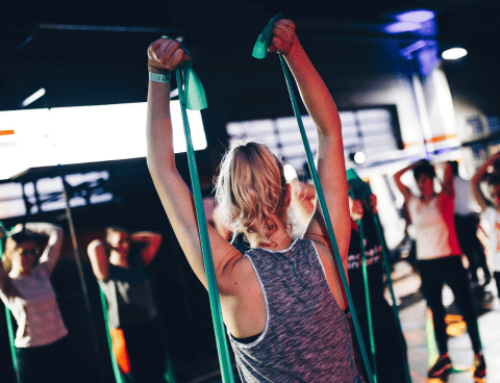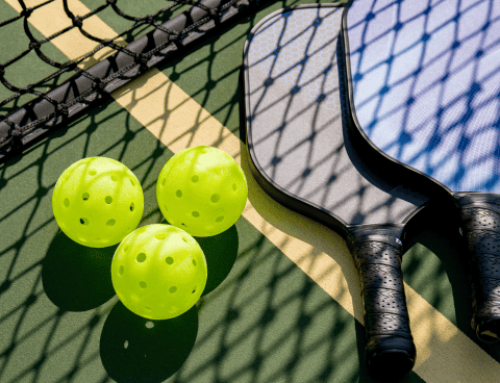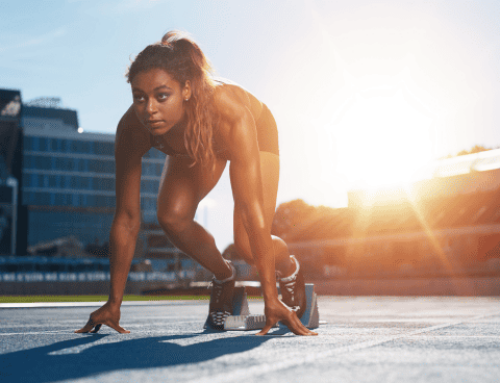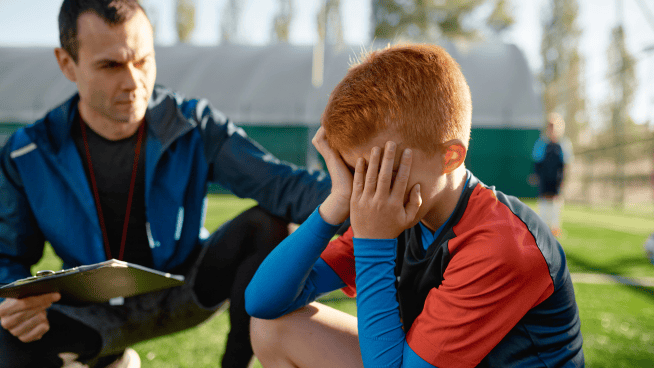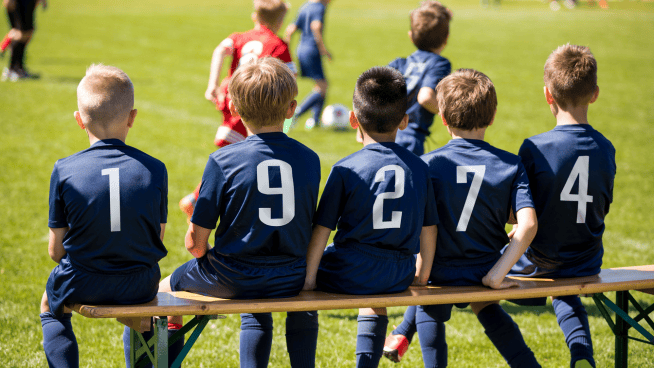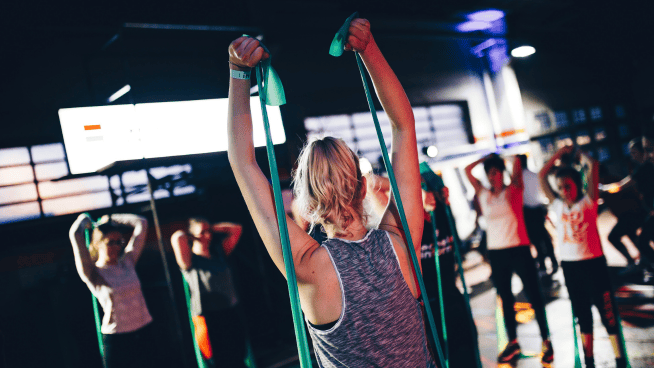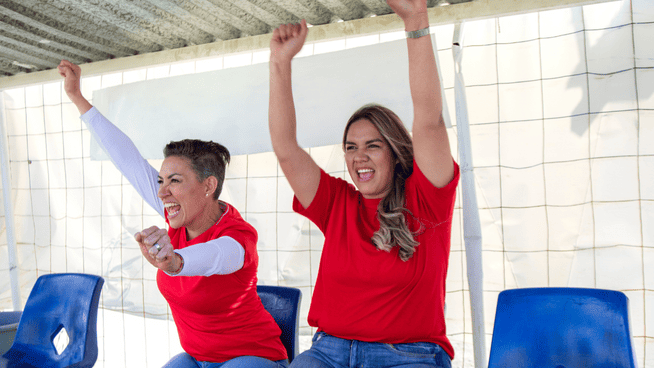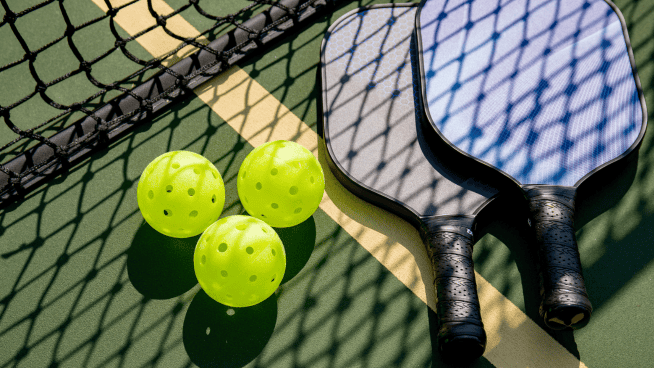4 Ways to Make Olympic Lifts More Effective for Athletes
Olympic lifting is a great way for athletes to improve their power and sports performance. Cleans, Jerks and Snatches are becoming increasingly popular among non-Olympic weightlifters, and this is good. However, the competitive nature of athletes often leads to a disconnect between the exercises and the goal.
An athlete’s goal should be to become stronger and more powerful for his or her sport. The maximum weight that can be cleaned or snatched is the goal of an Olympic weightlifter, not of an athlete using Olympic weightlifting movements to improve their sports performance.
The heaviest weight an athlete can handle—in any movement pattern—places strain on both their musculoskeletal system and their technique. Add to this the highly technical nature of Olympic lifting and there is as much potential for harm as there is for gain.
We all want to make improvements and lift as much as possible. However, an athlete who exchanges good form and powerful movement patterns for a few extra kilograms is short-sighted. Doing so can beat up your joints, force you into poor positions and chip away at your body.
Focusing on the following guidelines will ensure that athletes using the Olympic lifts can get the most from them.
1. Prioritize technique and positioning
Understand what you’re doing and be deliberate in your movements. Take time to learn the positions of the first, second and third pulls and solidify the basic mechanics before adding load.
2. Keep your goal in mind: Power
For non-Olympic weightlifters, Olympic lifts are used to develop power. Power is not developed at maximal loads, so the majority of your Olympic lifting time should be spent using 50 to 70% of your 1RM.
3. Test your maximum safely
If you want to assess your technical 1RM, make sure you have a strong grasp of the technique and basic mechanics with the increasing load. Allow yourself only two attempts at a near max load. If you miss once, try again; if you miss again, you’ve reached your max.
4. Film yourself
As the loads get heavier, technique can start to falter. Use a smartphone camera to record and give yourself feedback. This will keep you aware of your technique and stop you from sacrificing your joints for a few extra kilograms.
Summary
A strong Clean and Jerk or Snatch can be a major confidence booster for an athlete and will demonstrate an ability to move in a powerful, well-coordinated and robust manner. All positives. But be intelligent when using Olympic lifts. Always focus on form, be smart in your approach to the load and prioritize long-term success.
READ MORE:
RECOMMENDED FOR YOU
MOST POPULAR
4 Ways to Make Olympic Lifts More Effective for Athletes
Olympic lifting is a great way for athletes to improve their power and sports performance. Cleans, Jerks and Snatches are becoming increasingly popular among non-Olympic weightlifters, and this is good. However, the competitive nature of athletes often leads to a disconnect between the exercises and the goal.
An athlete’s goal should be to become stronger and more powerful for his or her sport. The maximum weight that can be cleaned or snatched is the goal of an Olympic weightlifter, not of an athlete using Olympic weightlifting movements to improve their sports performance.
The heaviest weight an athlete can handle—in any movement pattern—places strain on both their musculoskeletal system and their technique. Add to this the highly technical nature of Olympic lifting and there is as much potential for harm as there is for gain.
We all want to make improvements and lift as much as possible. However, an athlete who exchanges good form and powerful movement patterns for a few extra kilograms is short-sighted. Doing so can beat up your joints, force you into poor positions and chip away at your body.
Focusing on the following guidelines will ensure that athletes using the Olympic lifts can get the most from them.
1. Prioritize technique and positioning
Understand what you’re doing and be deliberate in your movements. Take time to learn the positions of the first, second and third pulls and solidify the basic mechanics before adding load.
2. Keep your goal in mind: Power
For non-Olympic weightlifters, Olympic lifts are used to develop power. Power is not developed at maximal loads, so the majority of your Olympic lifting time should be spent using 50 to 70% of your 1RM.
3. Test your maximum safely
If you want to assess your technical 1RM, make sure you have a strong grasp of the technique and basic mechanics with the increasing load. Allow yourself only two attempts at a near max load. If you miss once, try again; if you miss again, you’ve reached your max.
4. Film yourself
As the loads get heavier, technique can start to falter. Use a smartphone camera to record and give yourself feedback. This will keep you aware of your technique and stop you from sacrificing your joints for a few extra kilograms.
Summary
A strong Clean and Jerk or Snatch can be a major confidence booster for an athlete and will demonstrate an ability to move in a powerful, well-coordinated and robust manner. All positives. But be intelligent when using Olympic lifts. Always focus on form, be smart in your approach to the load and prioritize long-term success.
READ MORE:
[cf]skyword_tracking_tag[/cf]

